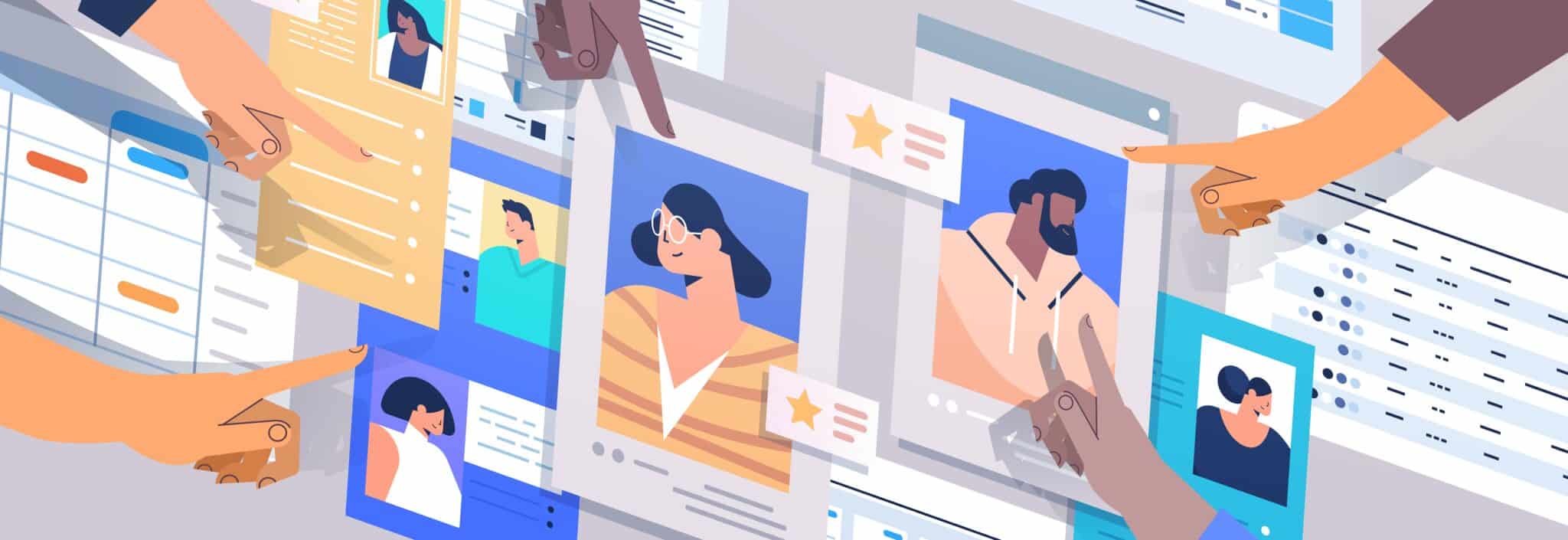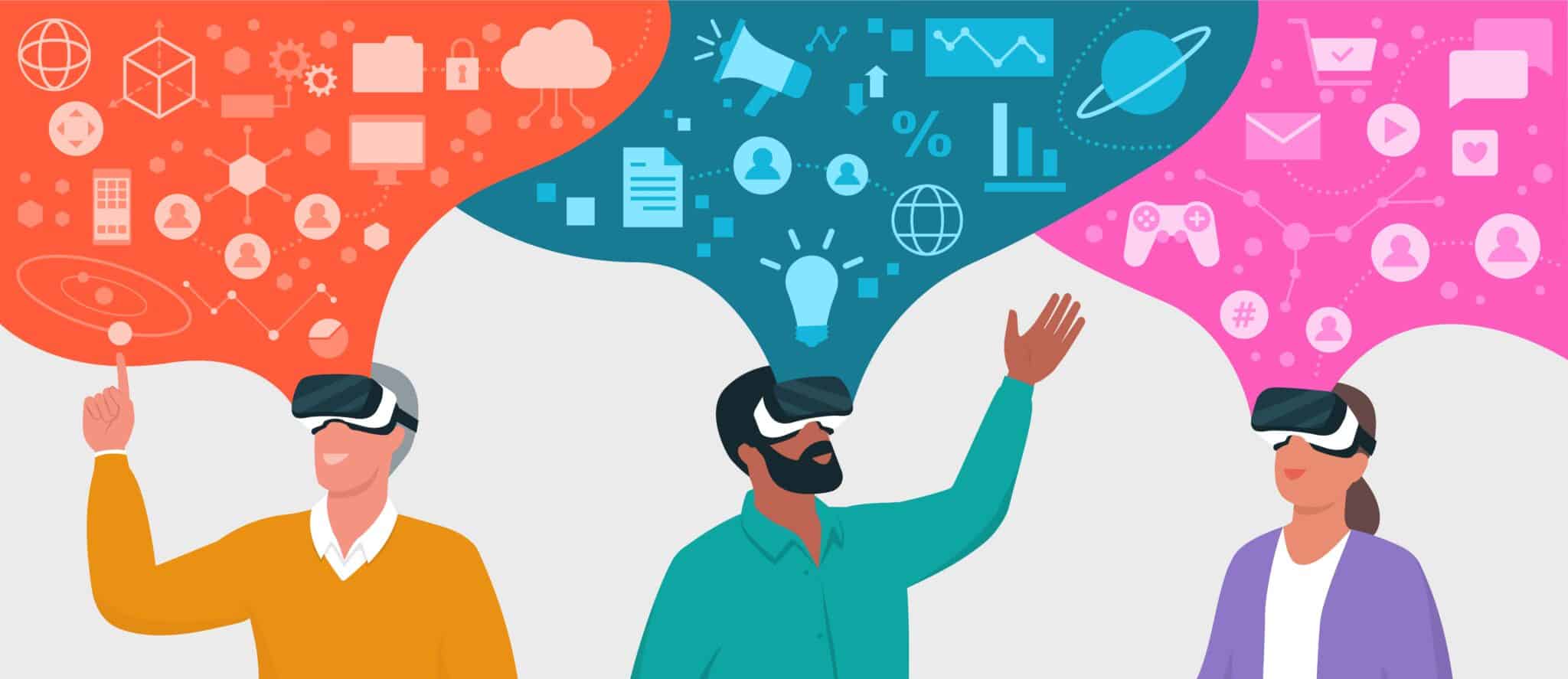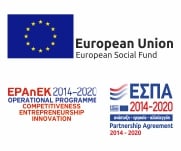Setting The Scene with Gamification

The use of gamification and simulations in the hiring process has become increasingly popular in recent years. It has been proven that this is an effective method for identifying suitable candidates for a position. Gamification and simulations provide organizations with data-driven insights into the skills and abilities of the applicants.
Imagine a hiring process that not only evaluates a candidate’s skills but also uncovers hidden growth potential. That is where gamification and simulation come into play. By combining these powerful tools, employers can gain a deeper understanding of applicants’ capabilities and potential. It is a win-win situation that makes the hiring process more engaging and insightful for everyone involved. This article will discuss the benefits of using gamification and simulations in the hiring process, as well as tips on how to find the right candidates for the job.
The use of gamification and simulations also has the potential to provide candidates with a sense of liberation. When used correctly, these tools can provide candidates with the opportunity to showcase their skills and abilities in a safe, controlled environment. This allows the candidate to be judged on their merit, rather than on preconceived notions of the organization. Employers can ensure a fair and equitable hiring process by using these tools.
What Is Gamification?
Gamification is a process of integrating game elements into non-game contexts to create motivating and engaging experiences. It is a growing trend in the business and marketing world, and it is gaining increasing importance in the realm of HR. Gamification involves the use of game mechanics, such as points, badges, leaderboards, and rewards, to encourage people to take desired actions. It also involves game design elements, such as narrative, avatar creation, and challenges, to create a sense of engagement and fun.
The goal of gamification is to engage people and motivate them to achieve desired objectives. Gamification strategies are used to increase user engagement, boost user loyalty, and improve customer experience. Companies can increase engagement by incorporating game design elements into tasks. Companies are increasingly using gamification techniques in their hiring process to evaluate candidates more effectively and efficiently.
By incorporating gamification elements, companies can better assess the skills and capabilities of potential hires. This approach can help identify the most suitable candidates for a job and streamline the recruitment process.

Benefits of Gamification in Hiring
Utilizing gamified recruitment strategies can provide multiple advantages for employers. Gamification techniques can increase user engagement, which in return can lead to a better candidate experience and higher-quality hires. Employers can make use of a leaderboard to efficiently spot the most suitable candidates.
The use of gamification can also help employers better understand the skills of the applicants. By assessing the applicants in a series of gaming tasks, employers can gain valuable insights into the skillset of the candidate. Gamification can help employers make more informed decisions when it comes to hiring the most qualified candidate.
Employers can use gamification to boost candidate engagement during the recruitment process. This approach can make the process more interactive and engaging, leading to better outcomes. By offering rewards and incentives for completing tasks, employers can encourage applicants to stay engaged with the hiring process. Employers can use gamification to promote competition among candidates, which can help identify the most motivated applicants.
How to Use Simulations in the Hiring Process

Simulations can be used to provide employers with an accurate representation of the skills and abilities of potential hires. Employers can use gamified learning platforms to automate skill assessments. Gamified learning platforms provide employers with a more efficient way to evaluate prospective employees. Simulations provide employers with insights into potential hires’ customer service skills.
Gamification and simulations can provide employers with an improved user experience by providing a more engaging way to assess potential hires. Gamification and simulations can result in a better understanding of applicants’ abilities, allowing for more accurate assessments of potential hires by employers. Simulations also allow employers to gain greater insight into how prospective employees think and solve problems.
Employers can use simulations to evaluate how potential hires interact with customers. Simulations can provide employers with a more reliable method of assessing the skills and abilities of applicants, resulting in more accurate hiring decisions. Employers can gain better insight into potential hires by utilizing gamification and simulations in the hiring process, leading to more informed hiring decisions.
Tips for Finding Winning Candidates
The recruitment process is a critical component of any organization’s success. To maximize the likelihood of finding a successful new hire, research suggests that employers should implement a structured hiring approach. Such an approach should include the use of gamification and simulations to assess and evaluate candidates.
Gamification is an effective method employers can use to assess a candidate’s skills and abilities engagingly and enjoyably. By simulating a realistic working environment, candidates can practice their skills before being hired. Furthermore, employers can reward successful candidates by using workplace loyalty programs and experience points.
Gamification and simulations help employers evaluate candidates fairly and objectively. When used along with other recruitment methods like interviews and assessments, they can give employers a complete understanding of a candidate’s abilities. Moreover, gamification and simulations can help employers recognize candidates who are most likely to perform well in the workplace and who will stay loyal to the organization.
Using a structured hiring process that includes gamification and simulations can significantly enhance an organization’s chances of finding a successful candidate. By utilizing this approach, employers can gain a better understanding of a candidate’s skills, abilities, and potential. Moreover, employers can create a more engaging recruitment process that can result in increased loyalty and commitment from successful candidates.
Conclusion
The use of gamification and simulations in the hiring process can enhance a company’s recruitment strategy. The use of simulation tools can assist companies in evaluating candidates’ skills and performance. Companies can accurately assess a candidate’s abilities and gain insight into their potential workplace performance. Metaphorically, the use of gamification and simulations in the hiring process can be seen as a key to unlocking the door to a successful hire. Utilizing gamification and simulation tools can unlock a successful hire’s potential while gaining a better understanding of the candidate’s skills, abilities, and performance. To gain more insight about how gamification and stimulations work in the HR process, we have added two links from our website. Redefining The Perfect Candidate which outlines a company’s journey in building the perfect candidate. Customer Spotlight: RSM Enhances Applicant Experience and Strengthens Employer Brand with Owiwi which outlines how gamification was used in the customer’s HR process.
Q: What is gamification?
A: Gamification is the application of game design elements and principles in non-game contexts to increase engagement, motivation, and participation.
Q: How does gamification work?
A: Gamification works by using game-like characteristics, such as challenges, rewards, and competition, to motivate people and enhance their experience in a real-world setting.
Q: Can you provide some examples of gamification?
A: Some examples of gamification include earning badges or points for completing tasks, using a gamification platform to track progress and achievements, and incorporating game design elements in a marketing campaign or learning process.
Q: How can gamification be used in education?
A: Gamification in education refers to the incorporation of game design elements and principles to increase engagement and enhance learning outcomes. It can be used to make the learning process more interactive, motivate students, and improve their understanding of the subject matter.
Q: What is the definition of gamification in the workplace?
A: Gamification in the workplace refers to the use of game-like elements and strategies to increase productivity, engagement, and motivation among employees. It can be applied to various areas, such as training programs, performance management, and customer loyalty initiatives.
Q: How does gamification work to increase engagement?
A: Gamification works to increase engagement by tapping into people’s natural inclination to play games and be motivated by challenges and rewards. It creates a more interactive and enjoyable experience, which encourages individuals to actively participate and stay engaged.
Q: Can gamification really motivate people?
A: Yes, gamification can be a powerful motivator. By incorporating game elements and principles, it creates a sense of achievement, provides immediate feedback, and encourages healthy competition, which can drive individuals to take action and achieve their goals.
Q: What are the benefits of using gamification in education?
A: Some benefits of using gamification in education include increased student engagement and motivation, improved retention and understanding of the material, and the development of problem-solving and critical thinking skills.
Q: How can gamification be used in enterprise environments?
A: In enterprise environments, gamification can be used to enhance employee training programs, boost employee engagement and productivity, improve performance management and goal setting, and increase customer loyalty through gamified marketing campaigns.











